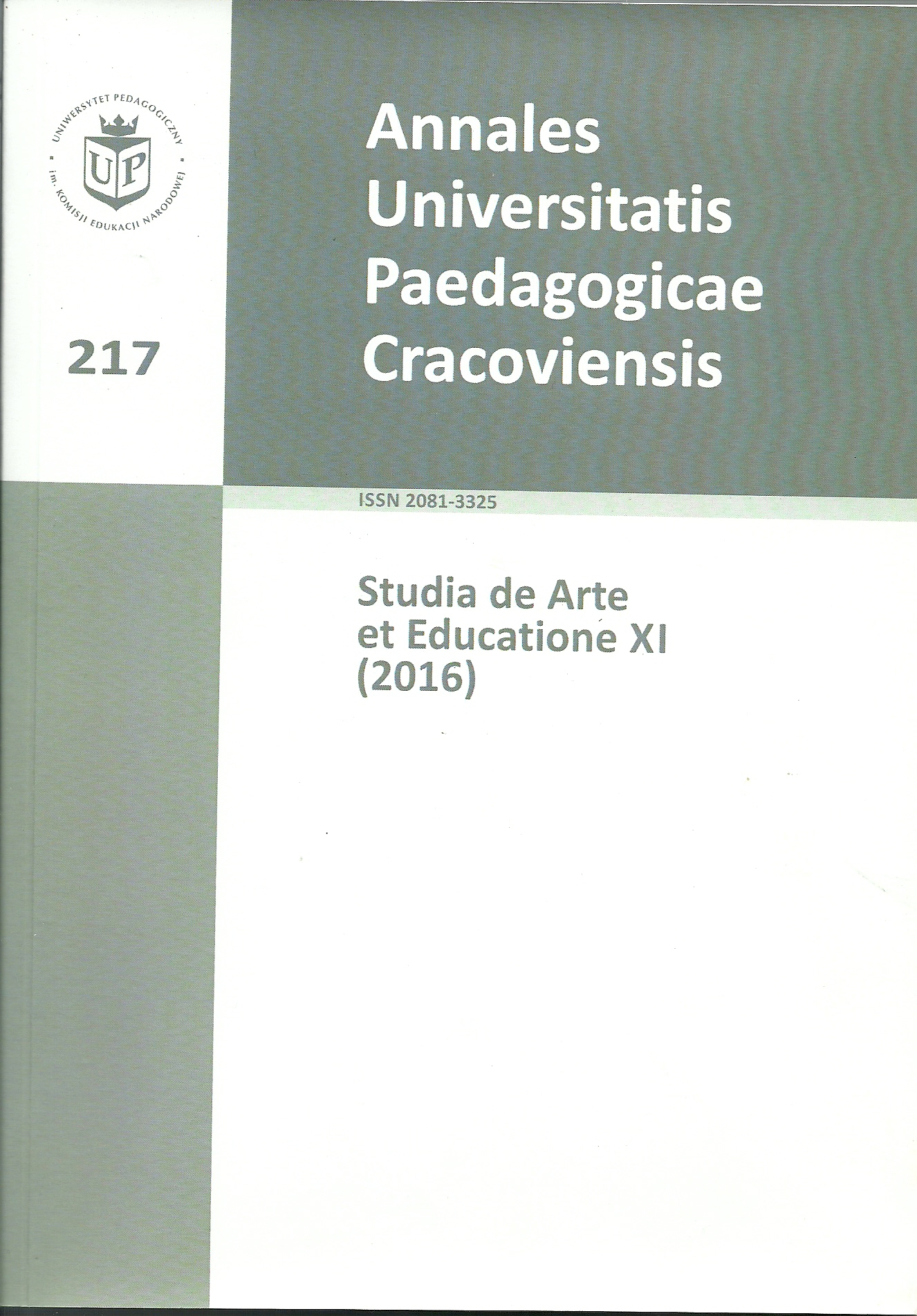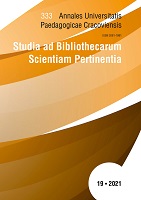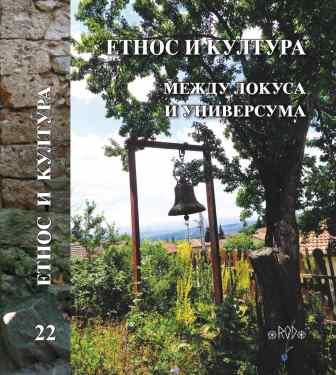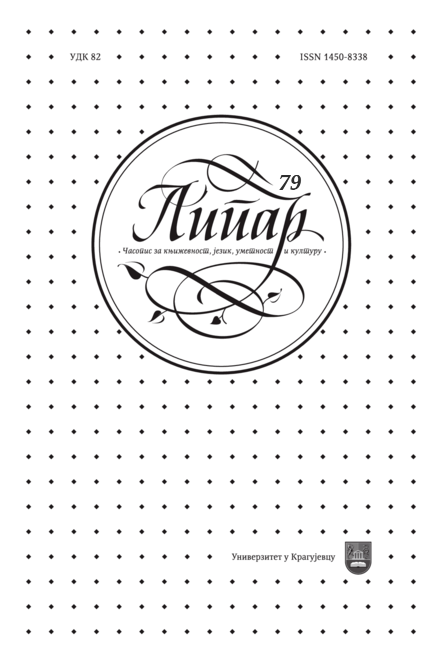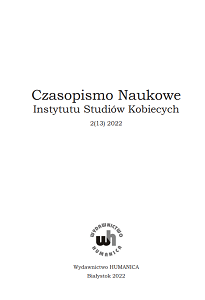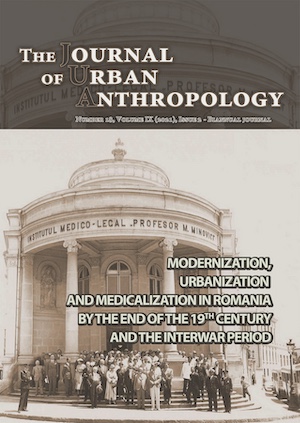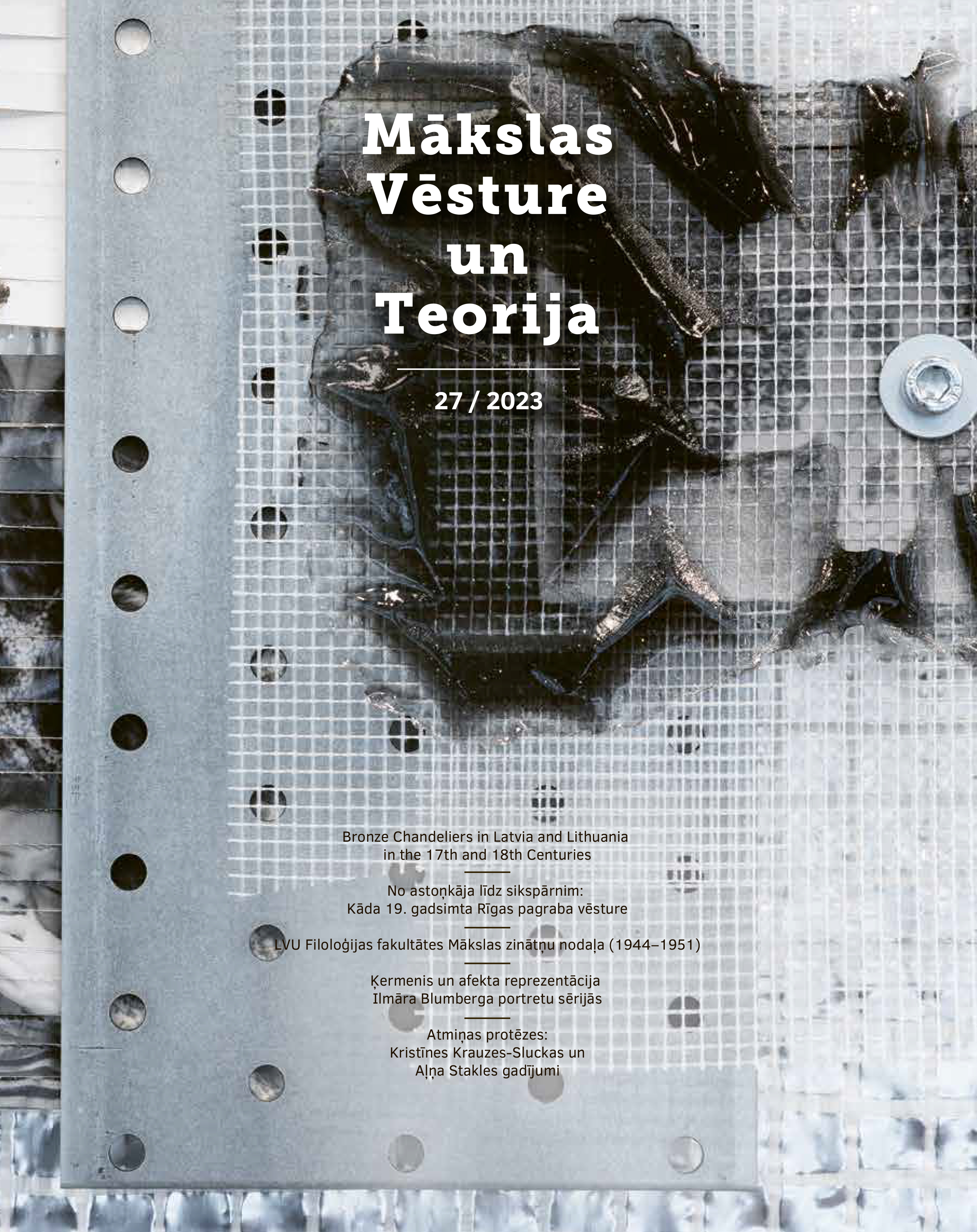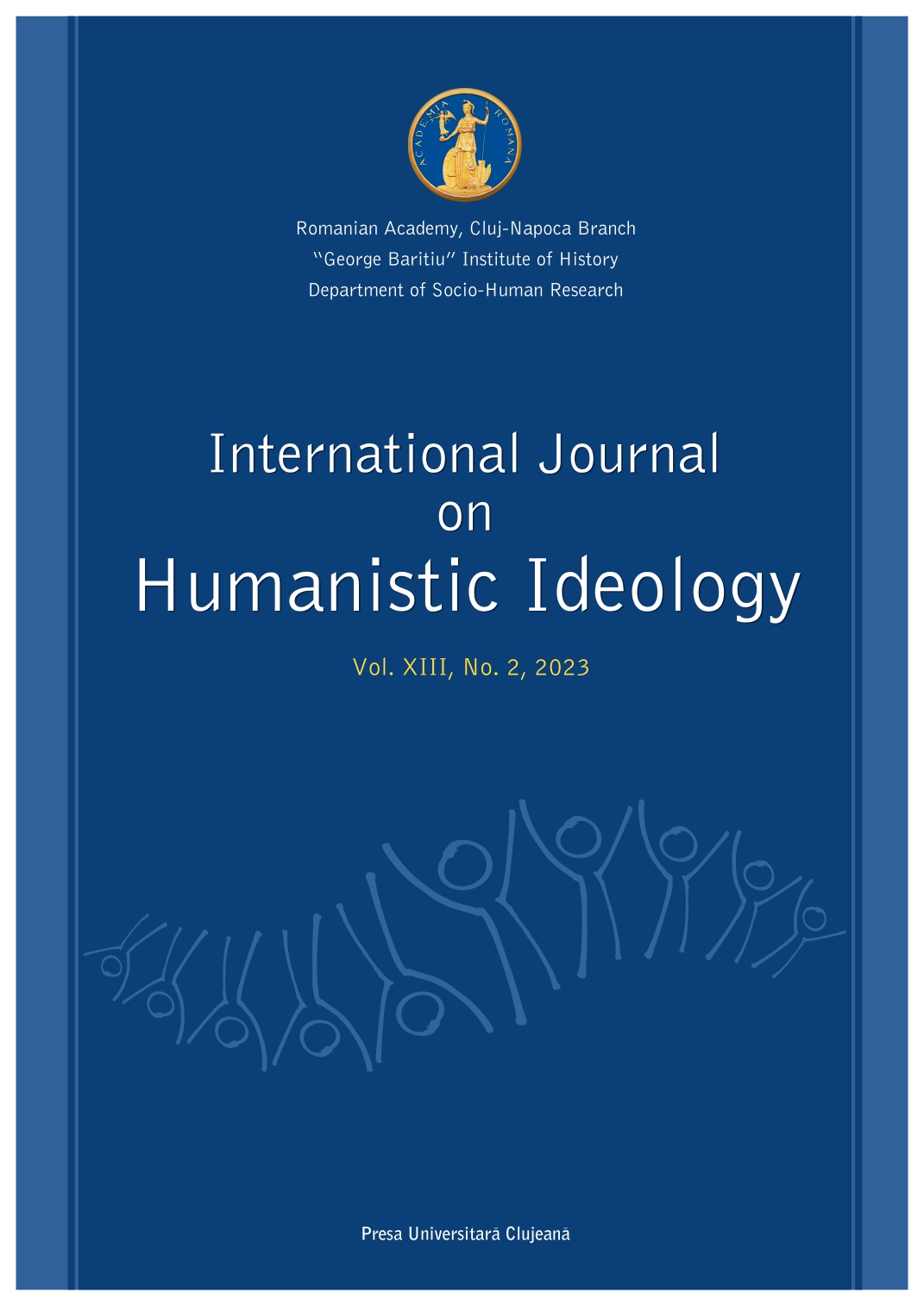Author(s): Ieva Melgalve / Language(s): Latvian
Issue: 27/2023
In Riga at the beginning of 2022, two very different exhibitions took place: “Resolution Strike” by Kristīne Krauze-Slucka (ISSP), and “Mellow Apocalypse” by Alnis Stakle (Latvian Museum of Photography). In this article, a post-humanist approach is employed to actualize the role of photography and the digitalized image in preserving and forming of both personal and collective memory and identity. The theoretical approach is assisted by the concept of prosthesis which describes the hybridity of human and technology as used by theoreticians such as Sigmund Freud, Slavoj Žižek, Donna Haraway, Celia Lury and Alison Landsberg.In considering photography, its objectivity and reliability is an important aspect. To resolve the tension between the apparent objectivity of photographic capture and the subjectivity brought in by the framing and context of the image, it is proposed to think of multiple situated objectivities, which describe the situation where the perception and images of technological tools offer a distinct, non-human but not neutral or uninvolved view.Discussing the exhibition by Kristīne Krauze-Slucka, centred around destroyed, fragmented, and altered photographs from a family album, the distinction drawn by Jens Ruchatz is employed, distinguishing between photography as the externalization or trace of a memory. The photographs that were selected to be destroyed suggest that the personal photography is seen as a trace that aids memory, instead of storing memories. At the same time, the importance of photography in construction of personal identity is emphasized, which is seen as technologically mediated and socially involved. In this aspect, the photography is a prosthesis of identity instead of memory.Following Aline Cordonier et al. and researching the passing of photography as a memory carrier from micro level (personal photographs) to meso level (family album) with a perspective to enter the macro level (collective memory), it is demonstrated that in this process the importance lies not within a sequential narrative but in the construction of a new identity through selection of social and affective moments, thus forming a prosthetic identity that does not conform to linear time.The “Mellow Apocalypse” series by Alnis Stakle is created from the digital image collections of various institutions, for example, museums, that became widely available during the pandemic. The decontextualized fragments of images form expansive collages with the visible artefacts of digital image rendering increasing the effect of fragmentation. Even though a common theme and narrative can be determined, the interpretation is called to question due to insecurity about the original sources and contexts of the images. The article analyses the source of this insecurity as linked to the creation and preservation of collective identity in a digital age.The notion of collective memory, based on the definition by Tota and Hagen, is seen as the representation of past events created and institutionalized by social groups. This definition fits the sources of images used by Stakle. However, the exhibition questions this concept, accentuating the contemporary issues of collective memory preservation. The advent of mass media and globalization problematises the concept of discrete social groups, as each individual belongs to several communities that can be transnational and transcultural. Following Hoskins, the notion of “multitudes” can be employed to describe the individually selected and interpreted range of collective memories determined by digital and social hyperconnectivity, communication, technological mediation and information globalization. In this view, the collective memory can be seen as a hyperobject, to borrow the term from Timothy Morton, thus explaining the fact that each individual or institution can access the collective memory only indirectly, through its aspects that can be also photographs or digitalized images. The fragmentation of an archive, decontextualizing the image, leads to real or illusory disappearance of memory, which is seen in micro level through fragmenting of personal archive images by Krauze-Slucka, and emphasized in macro level by Stakle who fragments and repositions the representations of collective memory.In the case of Stakle, the images can be interpreted in two additional ways that do not stop at the notion of apocalypse. Firstly, the concept of multitude allows for the personal memory of an individual created through the vast repository of collective memories, seeking for new meanings as it is done in Stakle’s collages. This interpretation is also applicable for a video piece in Krauze-Slucka’s exhibition, where a young woman uses the transnational and translocal images to create selfies that inscribe her identity in a globalized virtual space of social media. This searching for personal identity through socially available imagery simultaneously enables the self-reproduction and self-preservation of collective memory.Secondly, in Stakle’s case a cyborg gaze can be conceptualized: a gaze determined by the hybridity of human and technology that is characterized by a radically different understanding of time and selfhood. This gaze, created through digital manipulation and repositioning of images, is two-dimensional, fragmented and combined; it does not discriminate human and non-human, creating unexpected, often playful combinations. In this regard, the works by Stakle visualize the transformation of the collective memory as it has already happened due to digitalization and technological mediation.The fact that both very different exhibitions took place at the same time and reflect on a similar theme suggests that this range of ideas – photography and the digital image as carriers of memory, and their role in the creation, interpretation, and preservation of personal and collective memory – is important at the current time and requires additional artistic and theoretical research, which can be fruitful also when a post-humanist approach is employed.
More...
